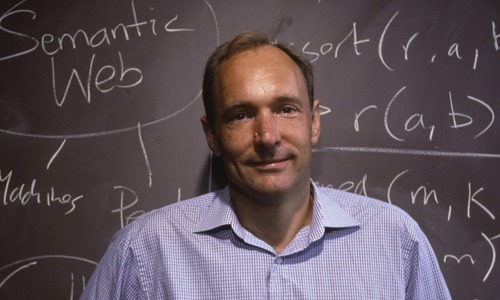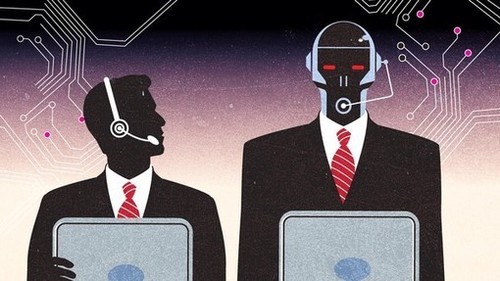See on Scoop.it – Tracking the Future

During 2010-12, noted AI researcher and long-time Humanity+ Board member Ben Goertzel conducted a series of textual interviews with researchers in various areas of cutting-edge science — artificial general intelligence, nanotechnology, life extension, neurotechnology, collective intelligence, mind uploading, body modification, neuro-spiritual transformation, and more. These interviews were published online in H+ Magazine, and are here gathered together in a single volume. The resulting series of dialogues treats a variety of social, futurological and scientific topics in a way that is accessible to the educated non-scientist, yet also deep and honest to the subtleties of the topics being discussed.
Between Ape and Artilect is a must-read if you want the real views, opinions, ideas, muses and arguments of the people creating our future.
See on humanityplus.org









